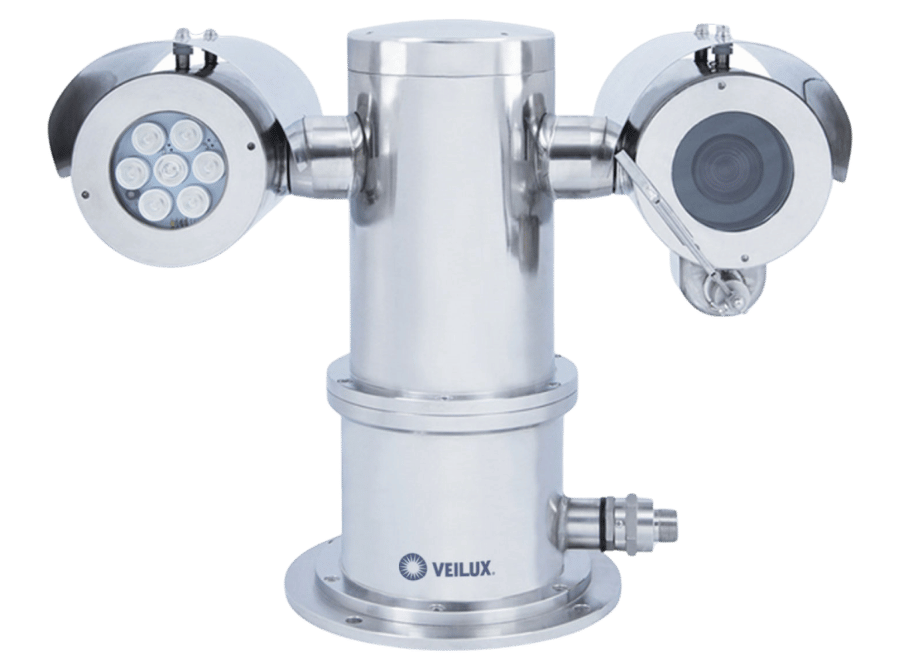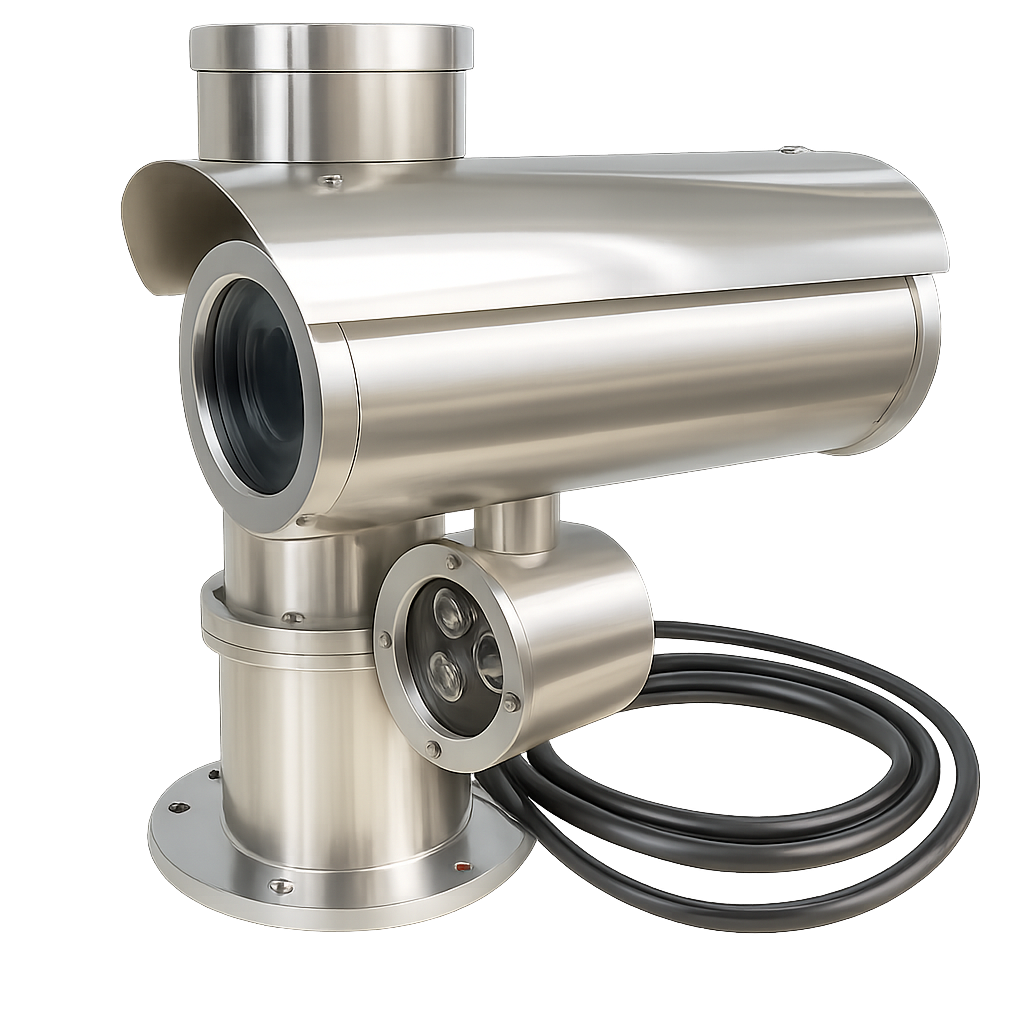When you’re working in the middle of the ocean, on an oil rig, tanker, or offshore platform, you’re surrounded by risk. Between the flammable gases, salty air, rough weather, and remote locations, there’s no room for error when it comes to safety and security. That’s why using an explosion proof PTZ camera for marine applications isn’t just smart, it’s essential.
Let’s break down why these rugged, reliable cameras are a must-have in marine and offshore environments, what makes them different, and how they help keep your crew and operations safe.
What Makes Offshore Environments So Challenging?
Working offshore comes with a unique set of challenges:
- Flammable gases and vapors that could ignite with just a tiny spark
- Constant exposure to saltwater, which eats away at anything that isn’t properly protected
- Extreme weather, from scorching heat to howling winds and torrential rain
- Limited access to emergency services, which means you have to prevent problems before they escalate
In these high-stakes environments, traditional security cameras just won’t cut it. You need something built specifically to survive and perform in the toughest conditions.
So, What Is an Explosion-Proof PTZ Camera?
Great question. A PTZ (Pan-Tilt-Zoom) camera lets you remotely control where it’s looking, up, down, side to side, and zoom in on the action. An explosion-proof PTZ camera goes a step further by being specially built to not ignite anything, even if flammable gases or dust are present.
To do that, it usually includes:

- Certified explosion-proof housing (ATEX, IECEx, etc.)
- Stainless steel materials that can handle salt and corrosion
- IP68 or IP69K weatherproofing, so it works in any weather
- Internal heaters and wipers, because, yes, storms happen
- Zoom lenses that let you monitor distant areas clearly
This type of camera is designed to keep working, no matter what’s going on around it.
Why Marine Operations Rely on These Cameras
Here’s why an explosion proof PTZ camera for marine applications is such a game changer:
1. Keeps Your Crew and Assets Safe
These cameras help you keep eyes on everything, from fuel transfer points to cargo decks. If there’s a leak, fire risk, or someone in a restricted area, you’ll see it fast and be able to act quickly.
2. Improves Visibility in Hard-to-Reach Areas
With pan, tilt, and zoom controls, you can check remote or dangerous spots without sending a crew member. That saves time and keeps people out of harm’s way.
3. Helps You Stay Compliant
Many regulations require explosion-proof surveillance in hazardous zones. Installing certified PTZ cameras helps you meet safety standards and avoid fines or shutdowns.
4. Withstands Marine Conditions
These cameras are built for the sea. Salt? Rain? High heat? No problem. That means less downtime and fewer replacements over time.
What to Look for in a Marine-Ready Explosion-Proof PTZ Camera
Shopping for one of these cameras? Here’s what to check for:
- ATEX/IECEx certification for hazardous zones
- 316L stainless steel housing for corrosion resistance
- Weatherproof rating (IP68 or higher)
- Optical zoom and night vision
- Wipers and heaters for harsh weather
- Easy integration with your existing systems (look for ONVIF compatibility)
Real-Life Use Cases
You’ll find these cameras used all over the marine and offshore world:
- Oil and gas platforms
- FPSOs (Floating Production Storage & Offloading vessels)
- LNG terminals
- Cargo ships and chemical tankers
- Military and naval vessels in high-risk zones
They give operators peace of mind by offering 24/7 visibility, without putting anyone in danger.
Wrapping It Up: Safety That Works as Hard as You Do
Marine environments are tough. Your security gear needs to be tougher.
Choosing an explosion proof PTZ camera for marine applications gives you more than just sharp video footage. It gives you control, peace of mind, and a safety net when it matters most. If you’re ready to upgrade your offshore surveillance or need help choosing the right system, we’re here to help.
Need Expert Help? Book a Hazard Zone Consult Today
Get guidance from professionals who understand the challenges of marine and offshore safety.
👉 Schedule a free consultation

